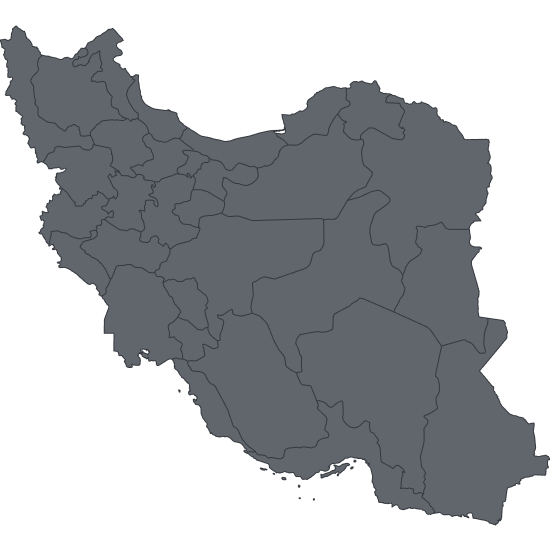Country Rankings
Explore the global index that ranks countries on women’s workforce equality. Although inequality for women in the workforce persists worldwide, governments are beginning to understand the costs—and take action.
All countries
Women’s access to employment and economic opportunity depends on many factors, from underlying economic conditions to social norms. This interactive highlights one critical precondition for women’s economic participation: equality under the law. The World Bank’s Women, Business and the Law 2018 report presents data on close to 170 gender inequalities in legal treatment in 189 countries, grouped into seven categories: accessing institutions, building credit, getting a job, going to court, protecting women from violence, providing incentives to work, and using property. The World Bank then scored countries on a narrower list of fifty legal gender inequalities selected from the full data set. For completeness, the Council on Foreign Relations (CFR) added to this list an additional six legal gender inequalities from the World Bank data set, selected because of their significance to women’s rights and opportunities. CFR then calculated a ranking of countries, giving each an overall average score between 0 and 100 (100 being the best).
This data set includes the Council on Foreign Relations’ expanded set of scored questions and its country rankings.
See the methodologySource: World Bank
All countries
Filter
Order by
- Highest to lowest score
- Lowest to highest score
View score
- Overall average
- Accessing institutions
- Building credit
- Getting a job
- Going to court
- Protecting women from violence
- Providing incentives to work
- Using property
